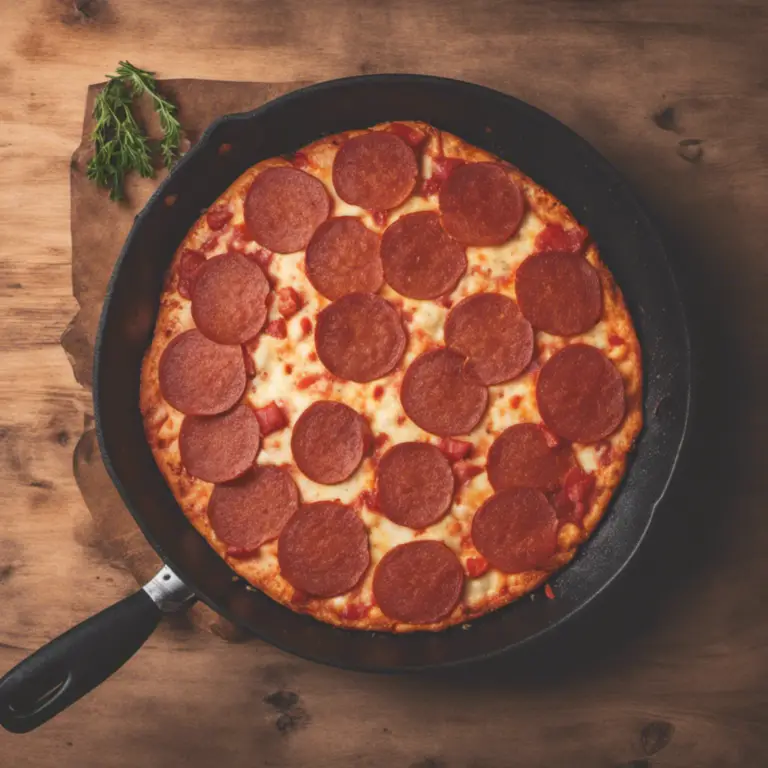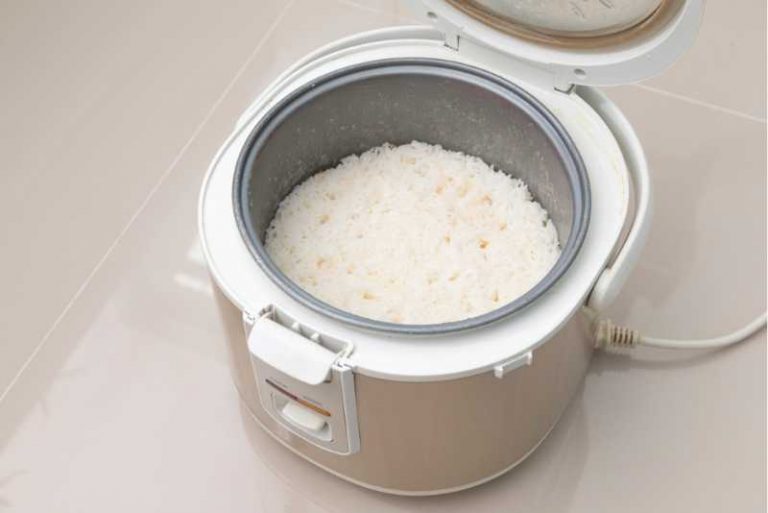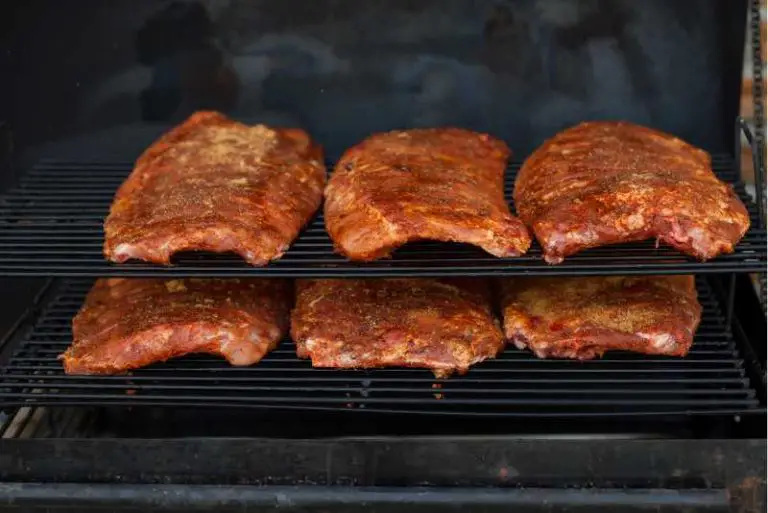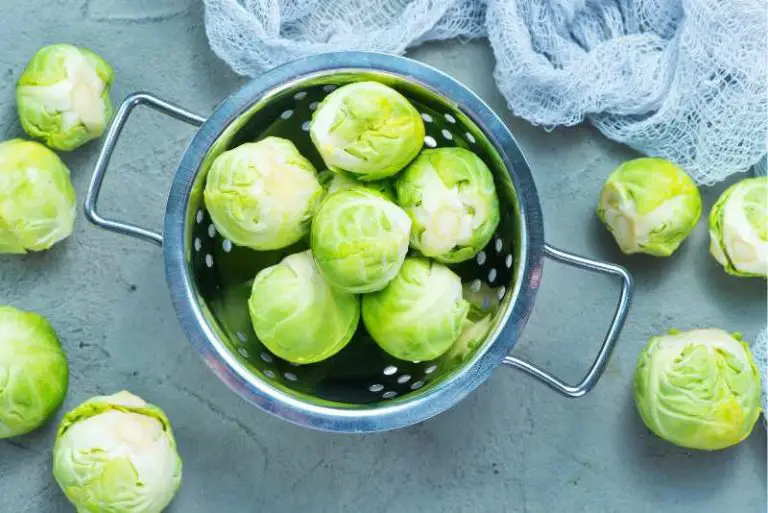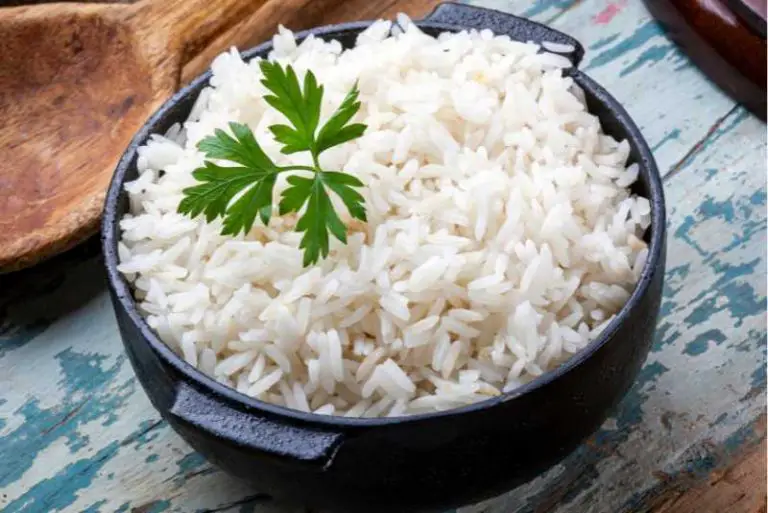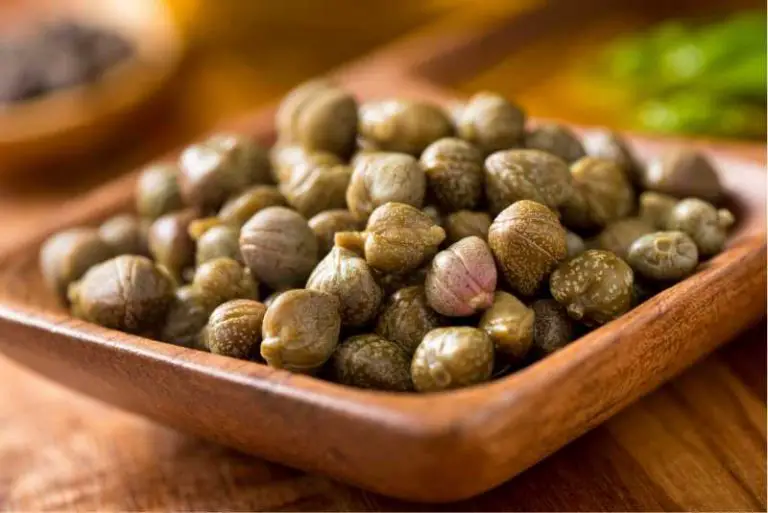What Temperature Should Vegetables Be Cooked At?
What Temperature Should Vegetables Be Cooked At? If you love to cook and frequently work with vegetables, it’s important to know what temperature range is best for cooking them. While boiling temperature seems safe for most veggies, some dishes call for a higher heat or lower temp depending on the outcome desired.
Whether you’re sizzling, braising, grilling or roasting your vegetables in order to get an array of flavours and textures, understanding the best temperatures will help ensure that your dish comes out flavourful yet cooked just right!
So keep reading, as we will discuss exactly how to choose between steaming or boiling, how grilling affects different types of veggies, sauté temperatures, and more.
What Temperature Should Vegetables Be Cooked At?
Many cooks and chefs debate about the ideal temperature to cook vegetables. While some argue that a lower temperature preserves the natural flavor and texture of vegetables, others believe that a higher temperature is needed to fully cook the vegetables and release their natural flavors.
Ultimately, the ideal cooking temperature for vegetables depends on several factors, including:
- The type of vegetable
- The level of softness desired
- The cooking method used
For instance, roasting vegetables like potatoes at a higher temperature, such as 425°F, can help give them a nice crispy texture on the outside, while also being soft and fluffy on the inside.
However, if you do cook your potatoes at this temperature, we do recommend that you lightly boiled them first, just so they are cooked all the way through!
On the other hand, steaming delicate vegetables like asparagus and broccoli at a lower temperature around 200°F can help retain their bright color and crisp texture.
In general, it’s best to experiment with different cooking methods and temperatures to find the ideal cooking temperature for each vegetable, depending on your desired outcome.
With that said, just to give you an idea below is a table outlining the recommended cooking temperatures for several popular vegetables:
| Vegetables | Cooking Methods | Temperature |
|---|---|---|
| Asparagus | Roasting | 425°F (218°C) |
| Beets | Roasting | 392°F (200°C) |
| Bell Peppers | Roasting | 428°F (220°C) |
| Broccoli | Steaming | 212°F (100°C) |
| Brussels Sprouts | Roasting | 425°F (218°C) |
| Carrots | Roasting | 392°F (200°C) |
| Cauliflower | Roasting | 425°F (220°C) |
| Corn on the Cob | Boiling | 212°F (100°C) |
| Eggplant | Roasting | 450°F (240°C) |
| Green Beans | Steaming | 212°F (100°C) |
| Kale | Sautéing | Medium-High Heat |
| Mushrooms | Sautéing | Medium-High Heat |
| Onions | Caramelizing | Low-Medium Heat |
| Peas | Boiling | 212°F (100°C) |
| Potatoes | Roasting | 425°F (220°C) |
| Spinach | Sautéing | Medium-High Heat |
| Sweet Potatoes | Roasting | 425°F (220°C) |
| Zucchini | Roasting | 425°F (220°C) |
So there are just a few examples, of the temperatures you can use to cook vegetables at. In the end, it really depends on the cooking method you choose! Because as we know, there are several ways to cooked one vegetable.
Timeframe
Roasting times can vary depending on the size and type of vegetable you’re cooking. Generally, most vegetables will take between 20 and 60 minutes to roast. To give you an idea, here are some guidelines for common vegetables:
- Asparagus: 7-10 minutes
- Bell peppers: 8-12 minutes
- Brussels sprouts: 18-22 minutes
- Carrots: 25-30 minutes
- Cauliflower: 25-30 minutes
- Eggplant: 20-30 minutes
- Mushrooms: 20-25 minutes
- Potatoes: 45-60 minutes
- Sweet potatoes: 45-50 minutes
Keep in mind that these are approximate times, and it’s essential to check on your vegetables as they cook. Toss them occasionally to ensure even cooking and browning.
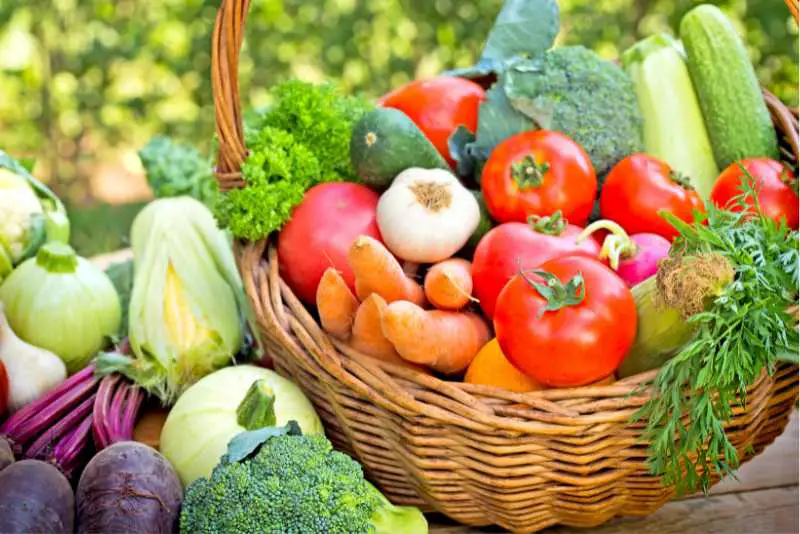
Should You Cover Your Vegetables?
When roasting vegetables, it’s generally not necessary to cover them. As this allows hot air to circulate around the veg, which promotes even cooking and helps achieve the roasting effect.
If you Cover the vegetables this will trap moisture and cause them to steam rather than roast, resulting in a softer, less crispy texture, which is the last thing you want. With that said, there may be situations where you want to cover your vegetables for a portion of the cooking time.
For example, if you’re roasting dense vegetables like potatoes or root vegetables that take longer to cook through, you can cover them with aluminum foil during the first half of the cooking time to ensure they cook evenly without burning.
Then, simply remove the foil for the remainder of the cooking time to allow browning and caramelization to occur! However, if you prefer to boil your slightly before roasting then there’s no need.
Cooking Tips
- Prep your veggies: Wash and dry your vegetables thoroughly before cutting them into evenly-sized pieces. This ensures even cooking and browning.
- Season well: Toss your vegetables with olive oil, salt, and pepper before roasting. You can also add herbs and spices for extra flavor.
- Spread out on the pan: Make sure your vegetables are spread out in a single layer on a large baking sheet. Overcrowding can cause the veggies to steam rather than roast, resulting in a soggy texture.
- Rotate the pan and toss veggies halfway through: To ensure even cooking and browning, rotate your baking sheet halfway through the cooking time and give the vegetables a good toss.
- Taste Test: Use a fork or knife to check if your vegetables are cooked through and tender. If they’re not quite done, continue roasting and check again in a few minutes.
What Vegetables Are Best For Cooking Together?
When roasting vegetables together, it’s important to choose ones that have similar cooking times and can withstand the same temperature. This ensures that all the vegetables are cooked evenly and have a consistent texture.
Here are some combinations of vegetables that roast well together:
- Root vegetables: Potatoes, carrots, parsnips, beets, and turnips all have similar cooking characteristics and can be roasted together. These denser vegetables take longer to cook.
- Cruciferous vegetables: Broccoli, cauliflower, and Brussels sprouts are all part of the cruciferous family and can be cooked together. They usually require a similar amount of time in the oven.
- Squash and peppers: Zucchini, yellow squash, and bell peppers can be roasted together since they have similar textures and cooking times.
- Mediterranean vegetables: Eggplant, tomatoes, and red onions make a great combination for roasting. These vegetables cook relatively quickly and can develop a delicious caramelized flavor.
- Green beans and asparagus: Both green beans and asparagus have similar cooking times, making them an excellent pair for roasting.
Remember to cut the vegetables into evenly-sized pieces to ensure consistent cooking. You can also season them with your favorite herbs and spices to add extra flavor. Don’t be afraid to get creative and mix different vegetable combinations to find your perfect roasted veggie medley.
Conclusion
So you know what Temperature Should Vegetables Be Cooked At? Just remember, by choosing vegetables with similar cooking times and preparing them properly, your be able enjoy perfectly cook veg.
But, don’t hesitate to experiment with different vegetables, and seasonings to find your perfect roasted vegetable dish for you! With the right temperature, timing, and preparation, you’ll be able to transform simple ingredients into a delightful meal that everyone will love.

